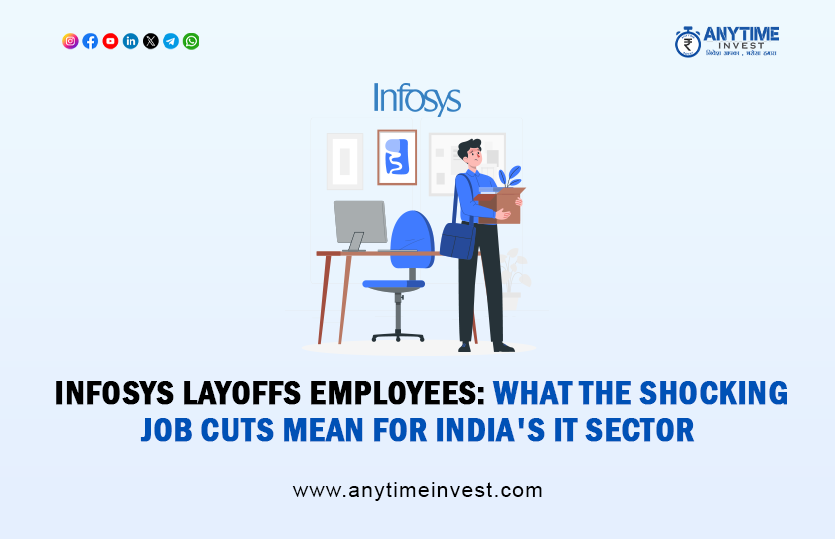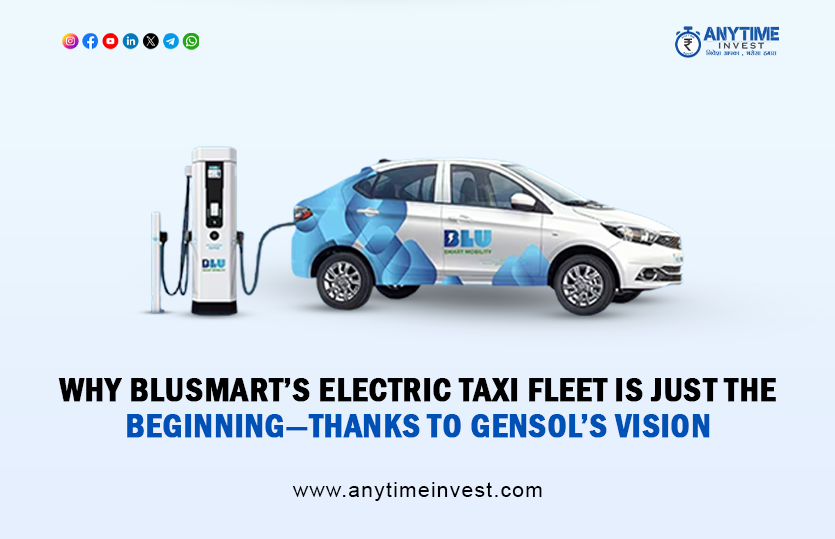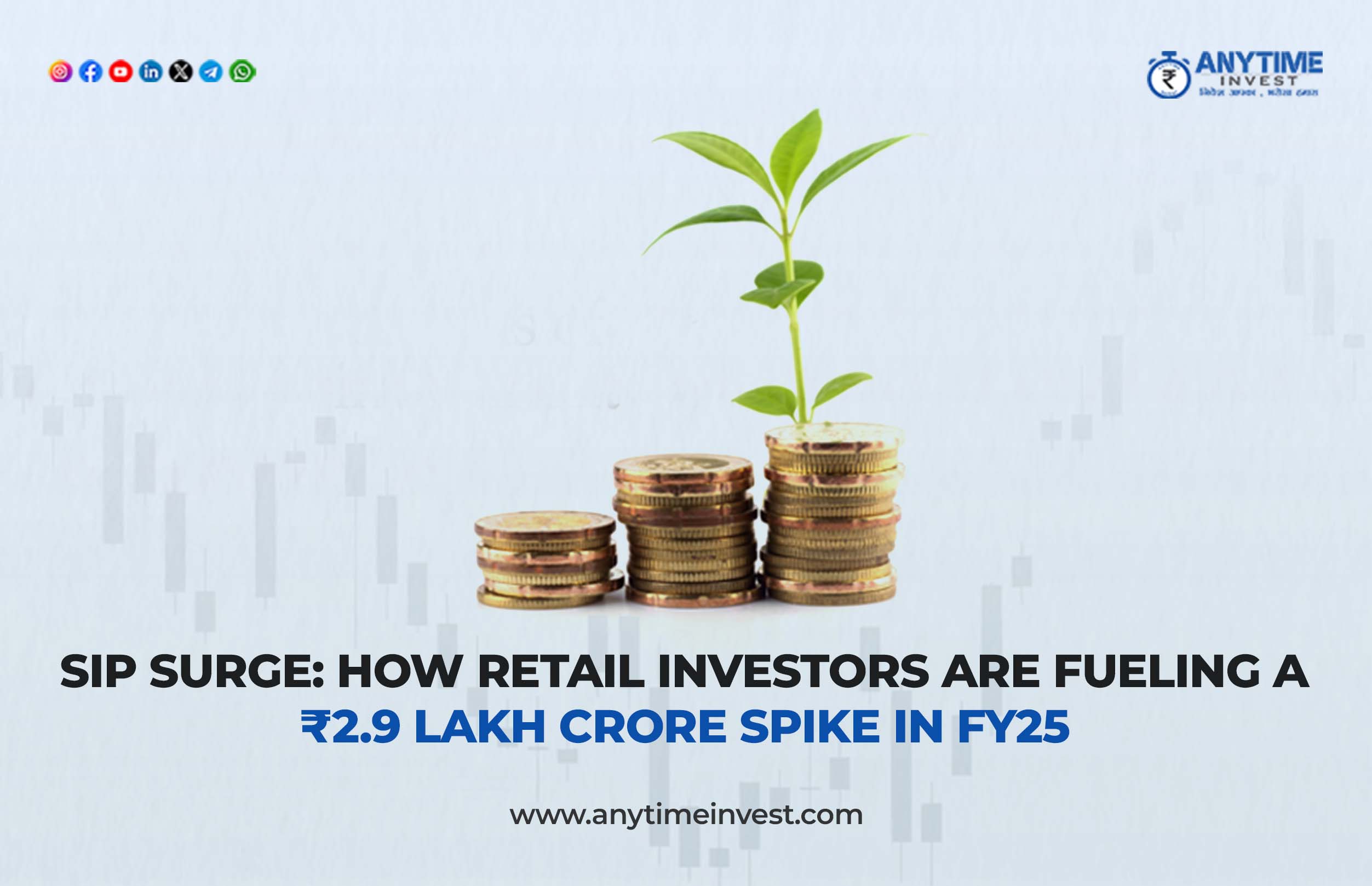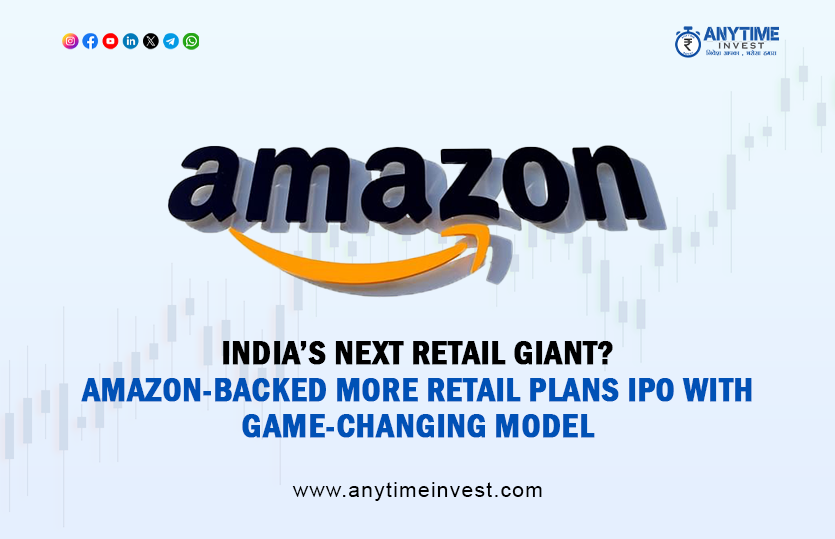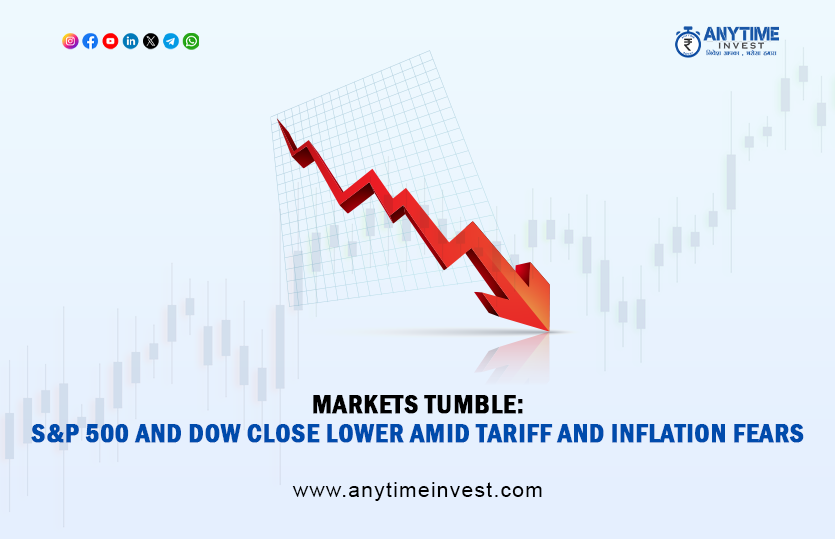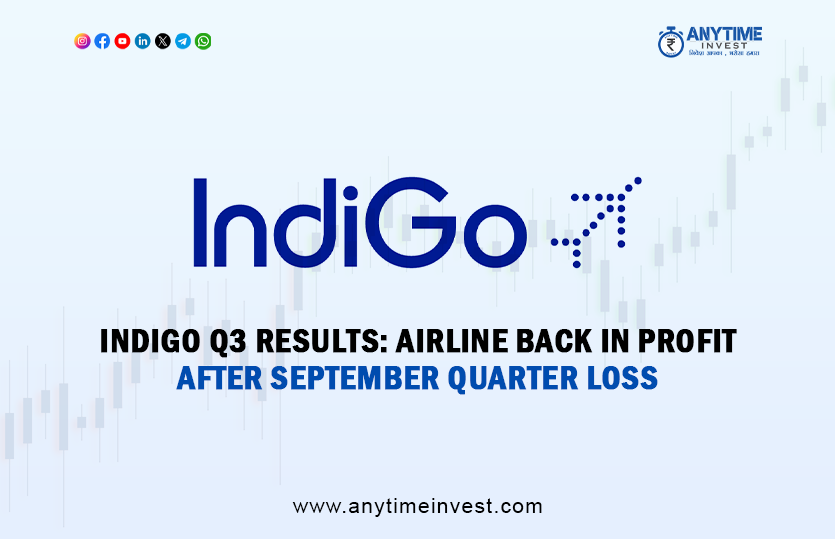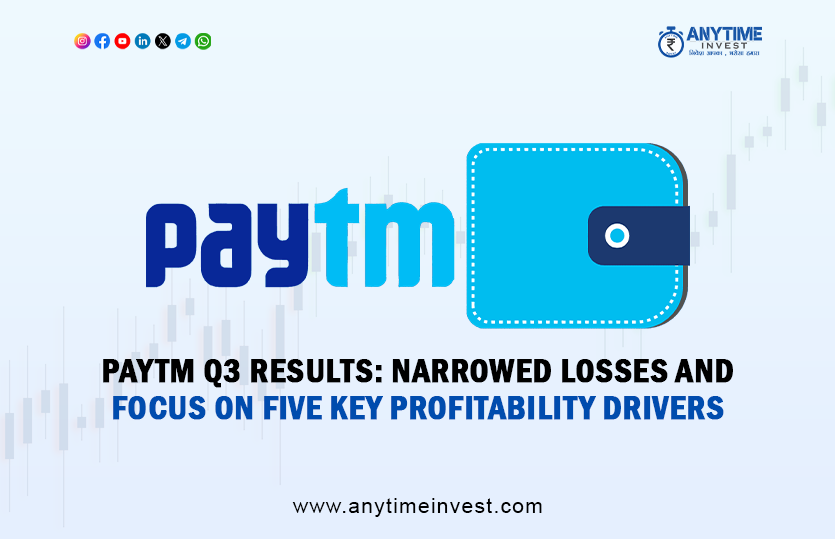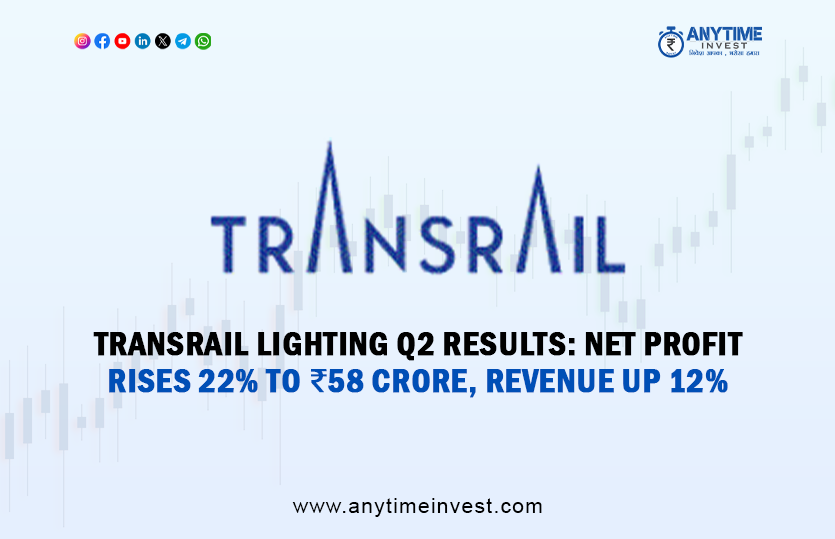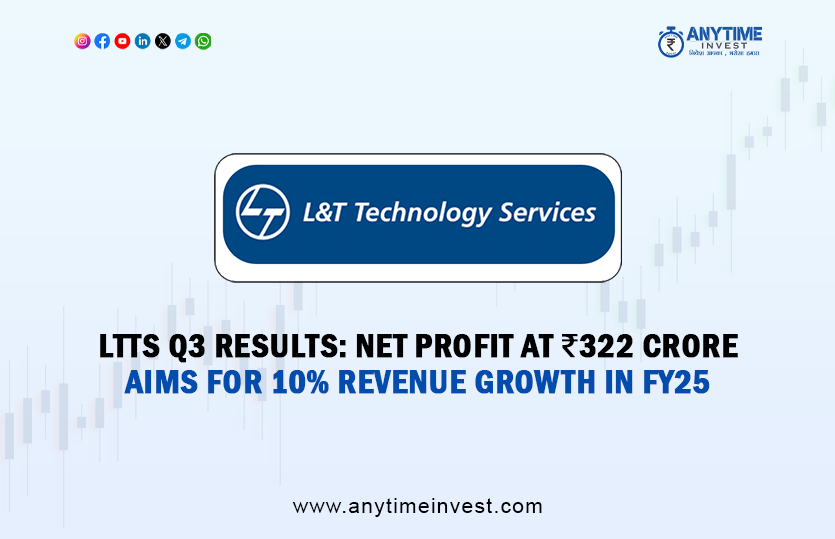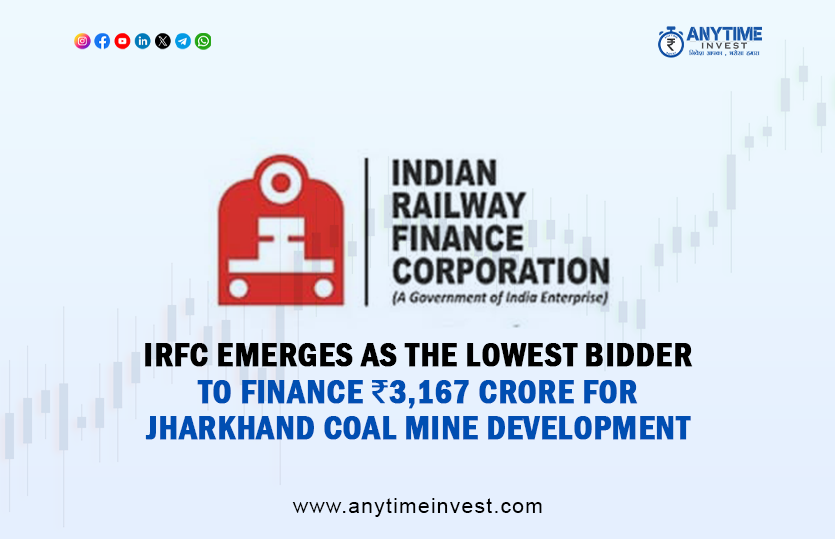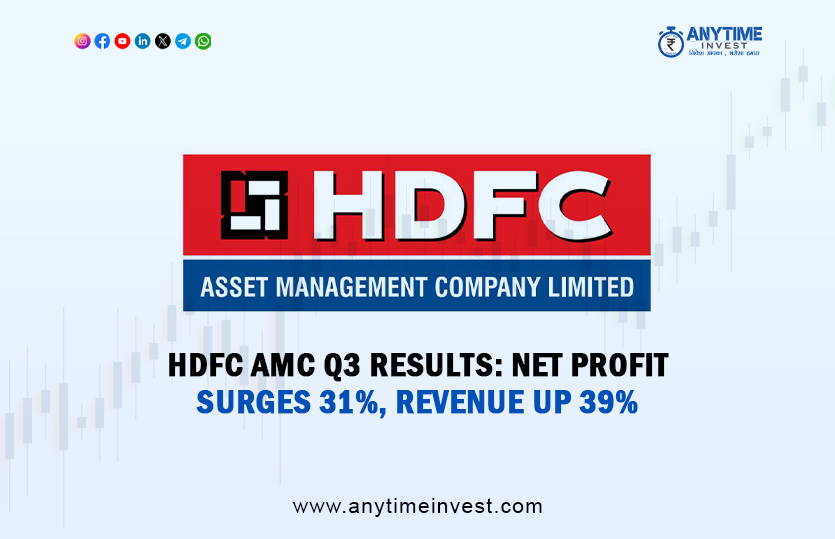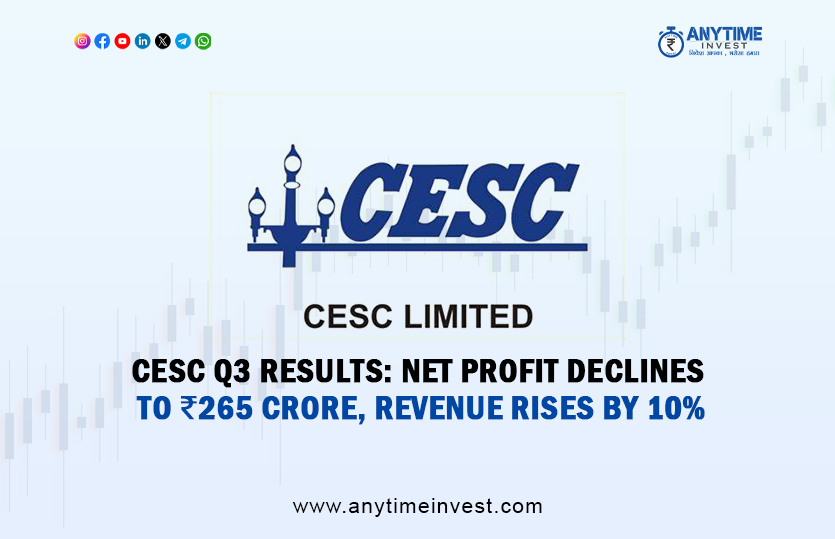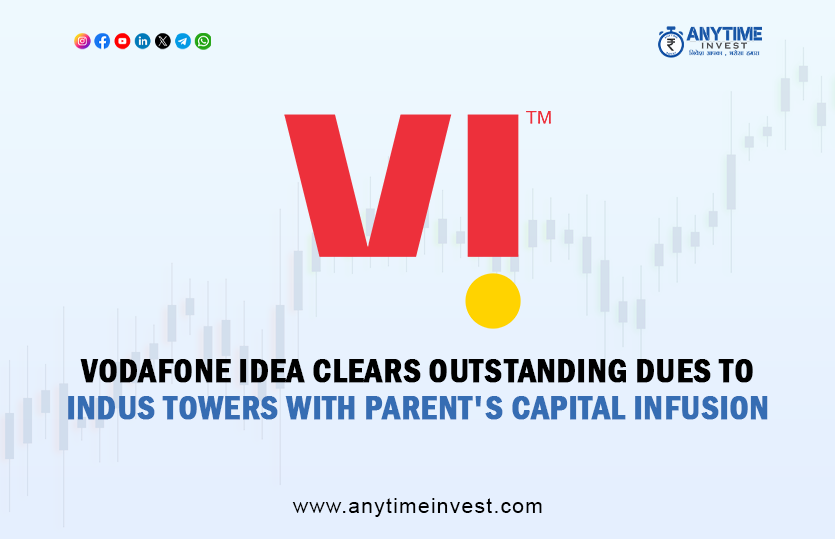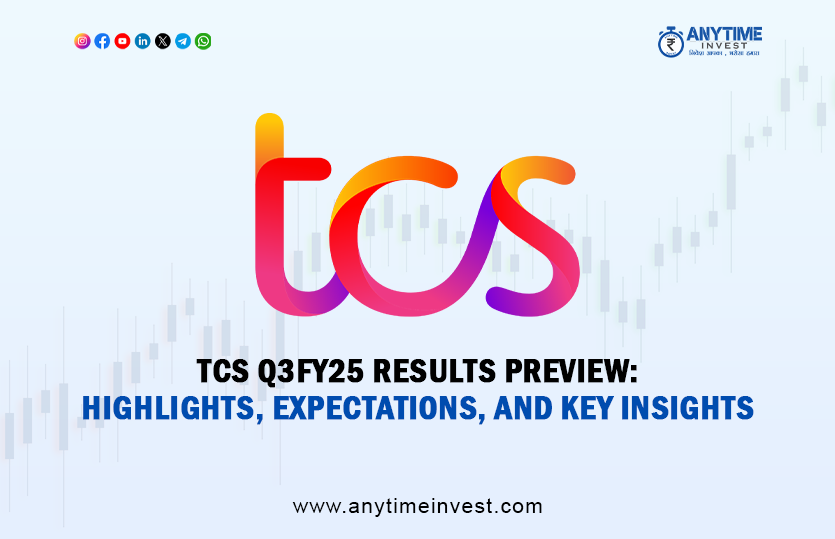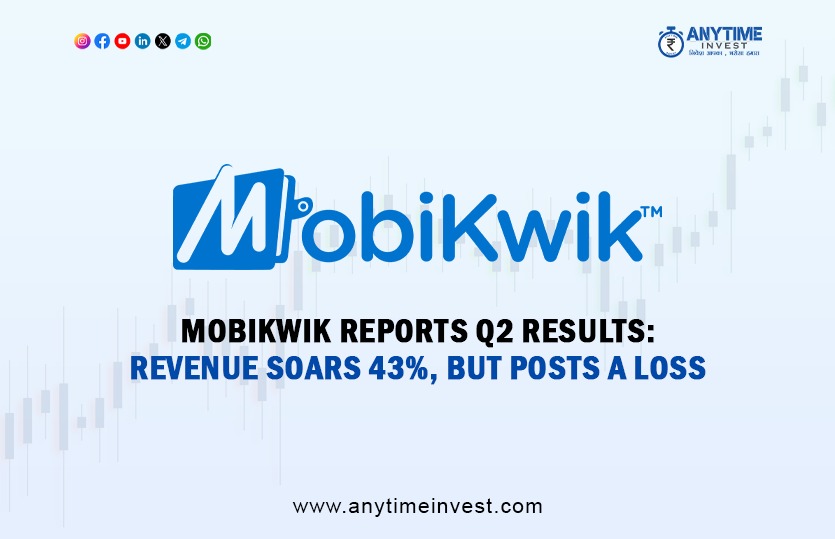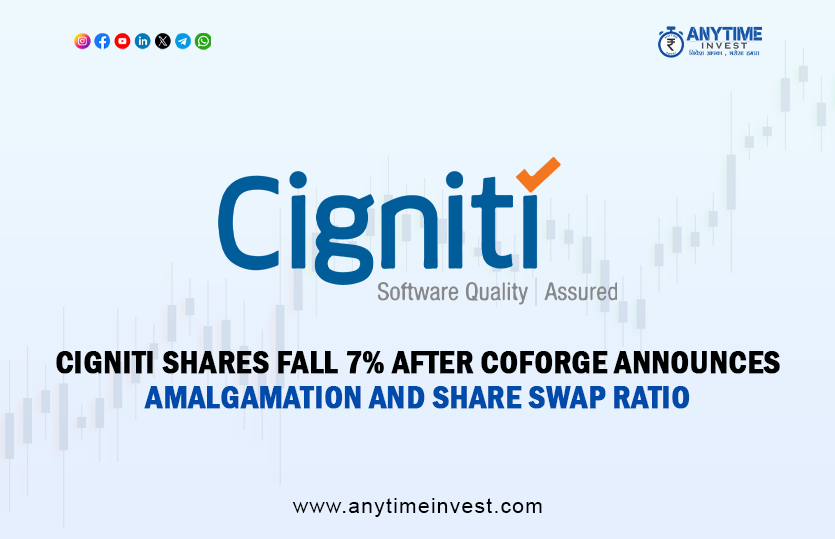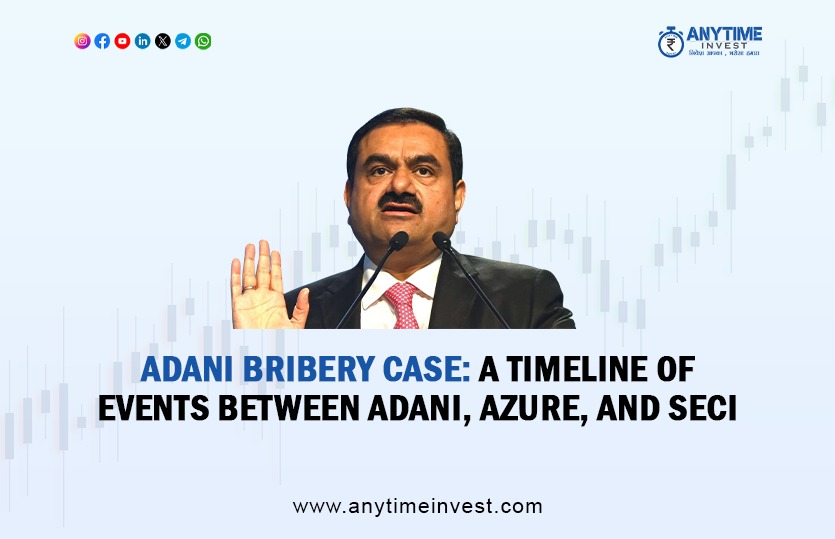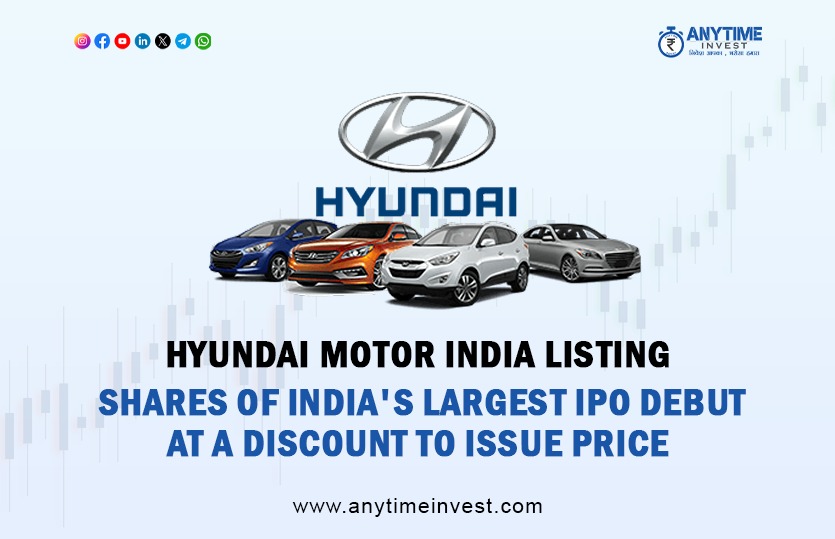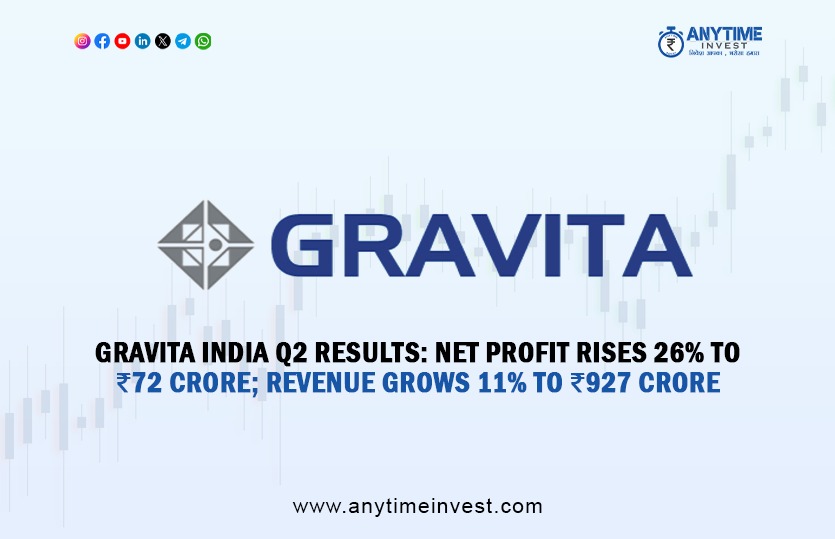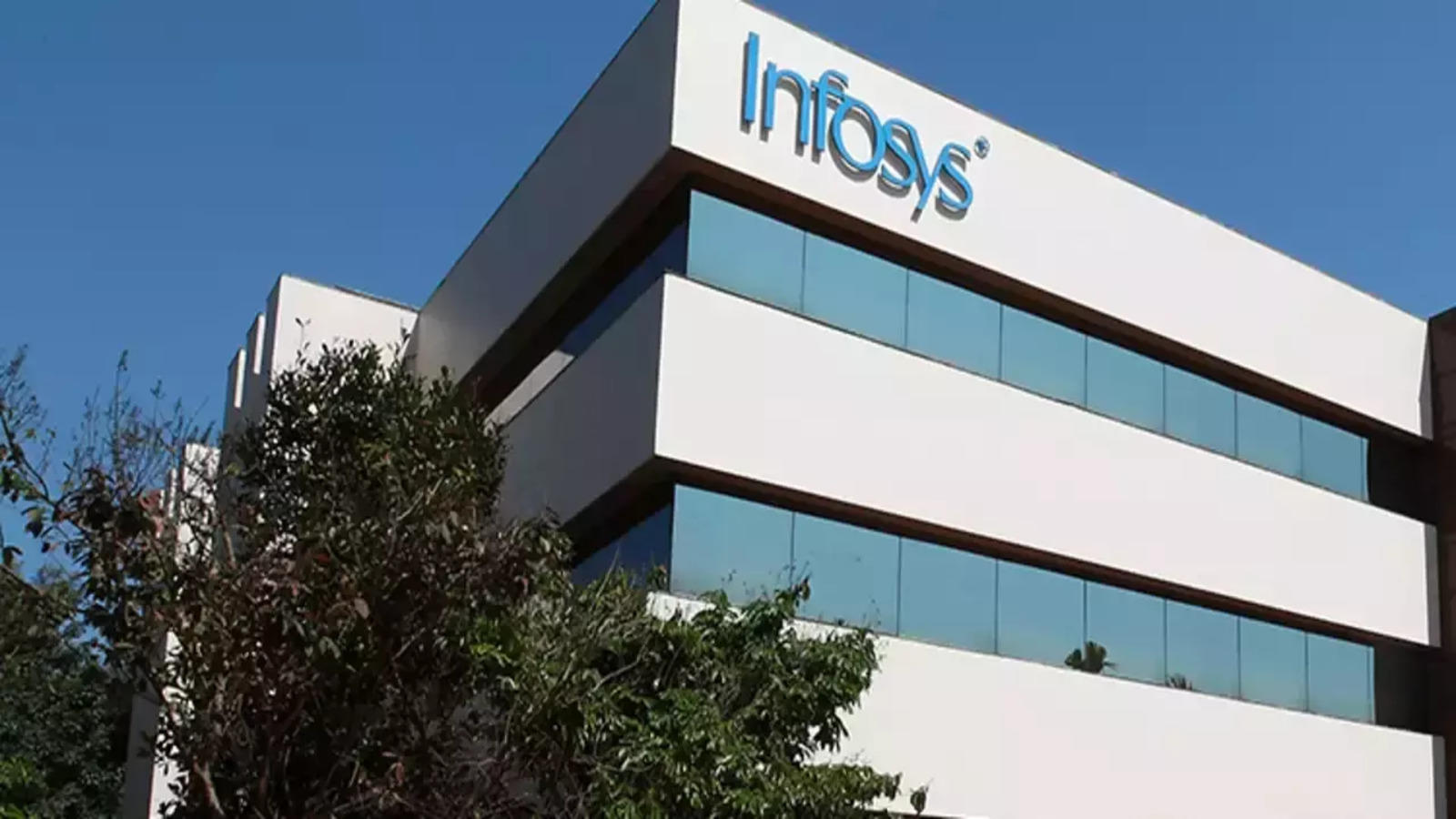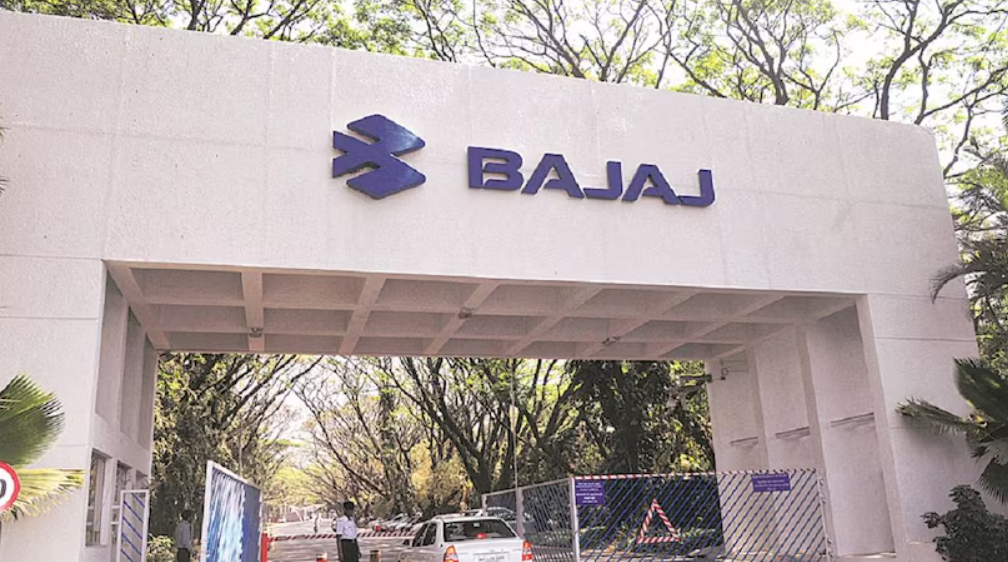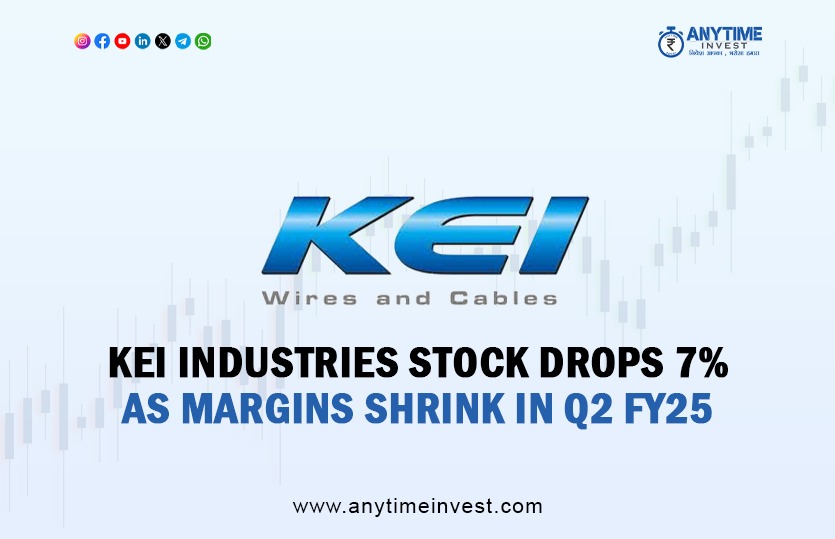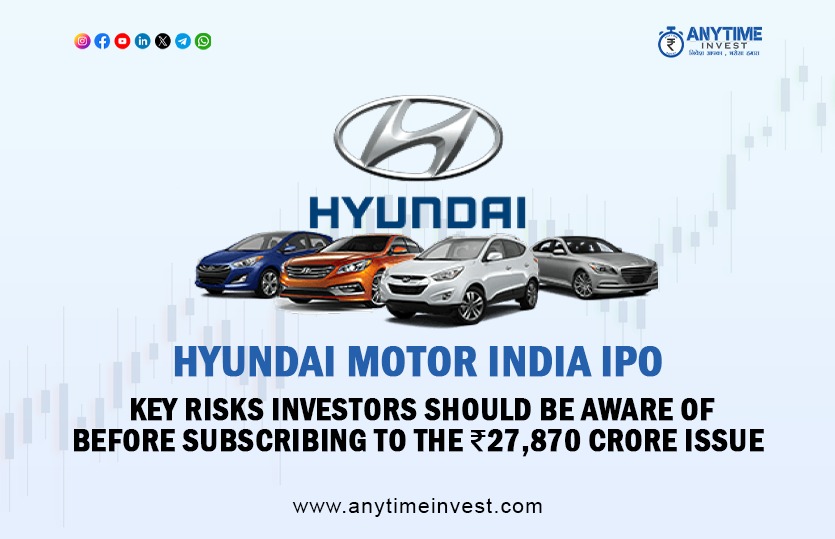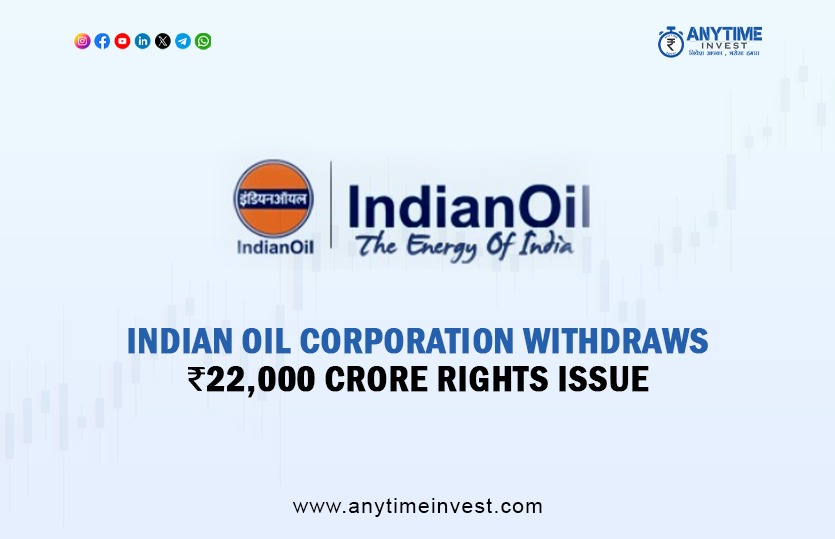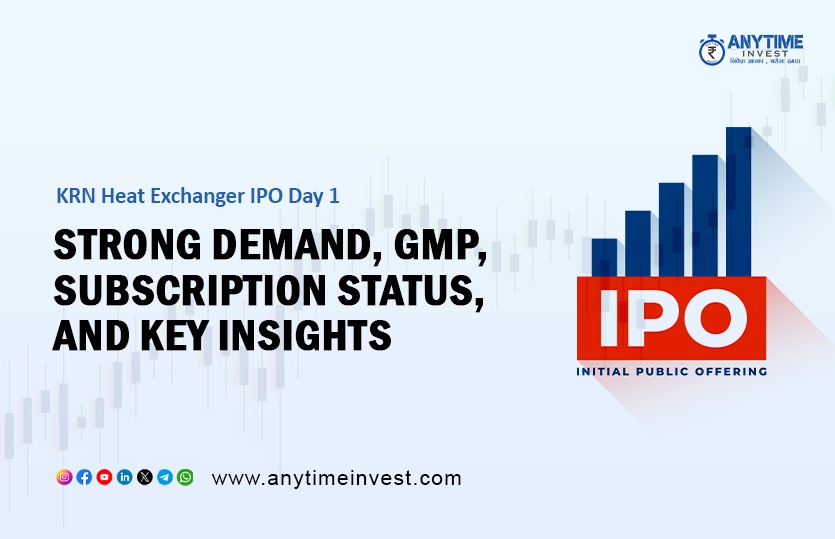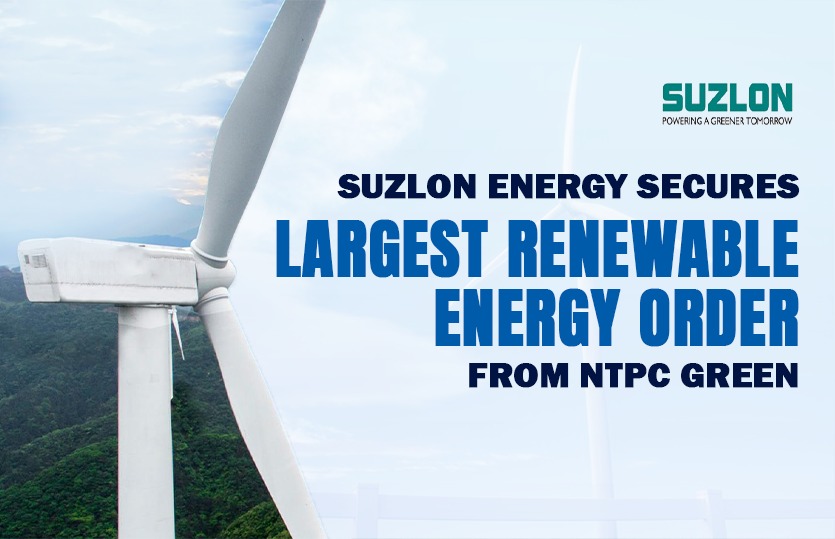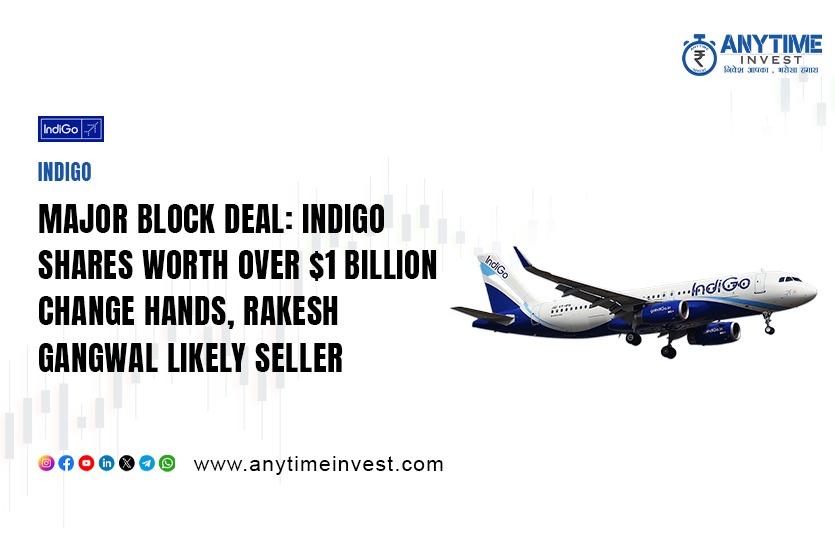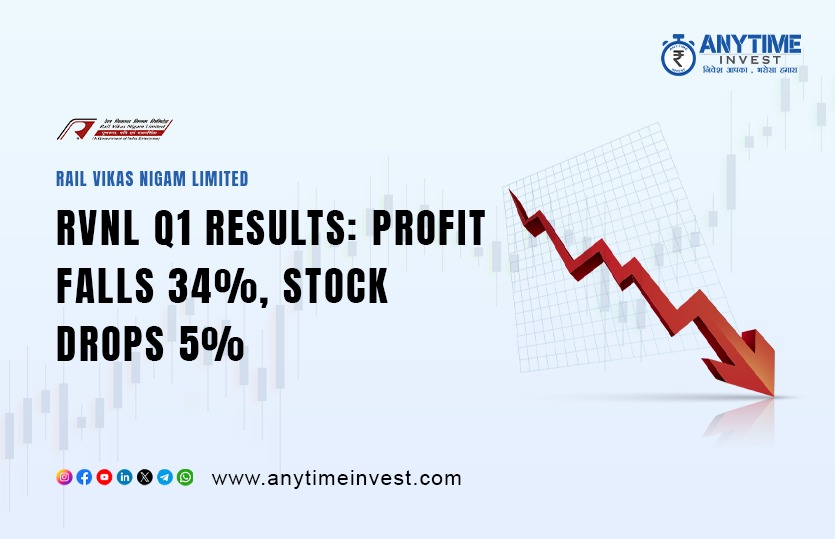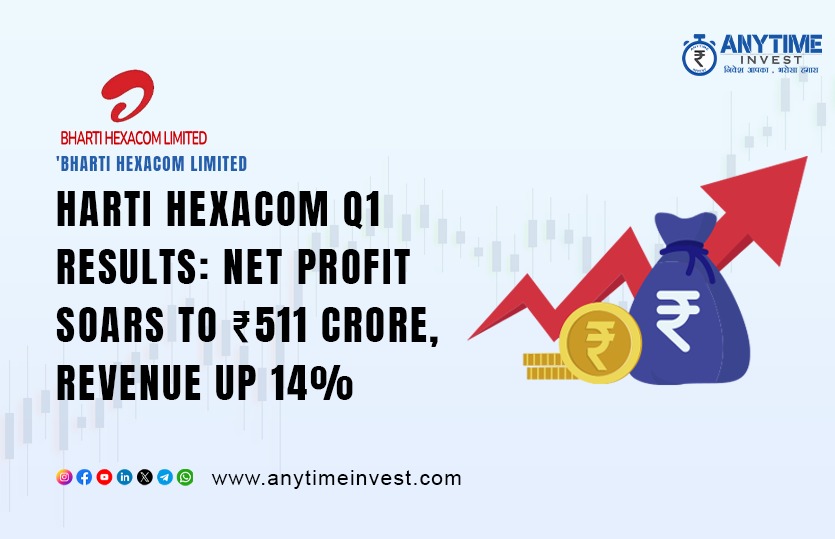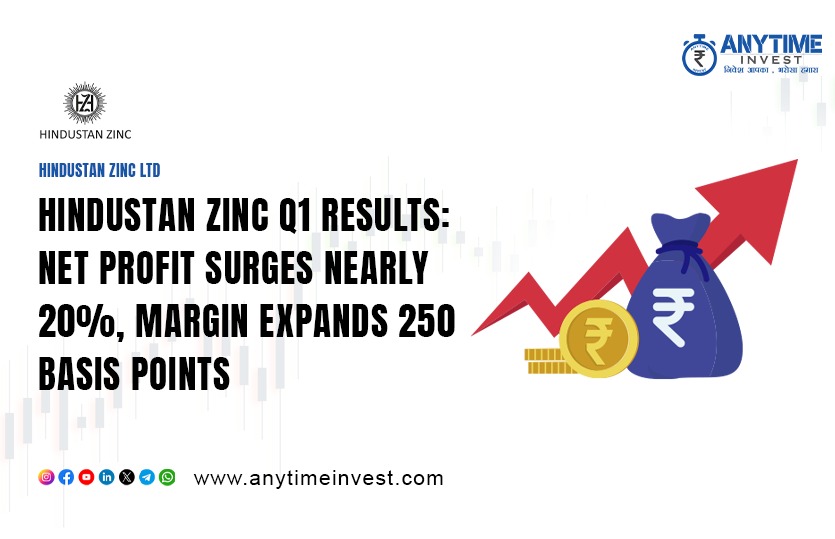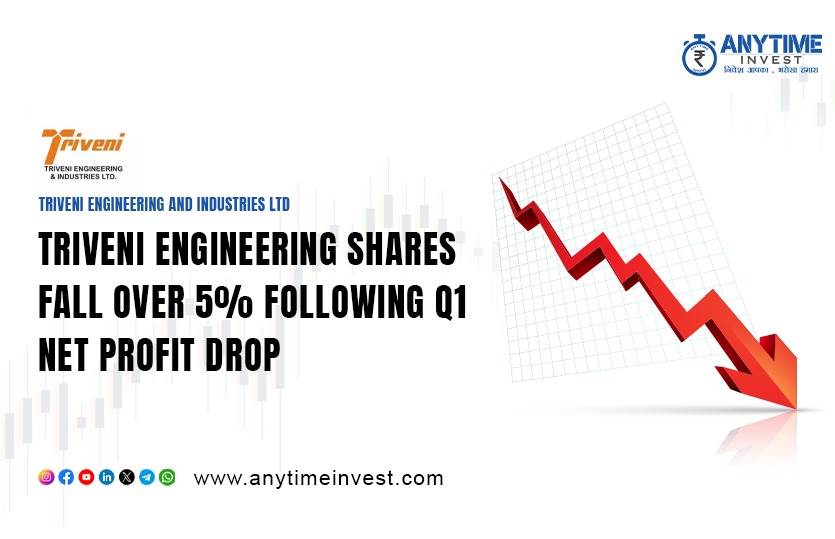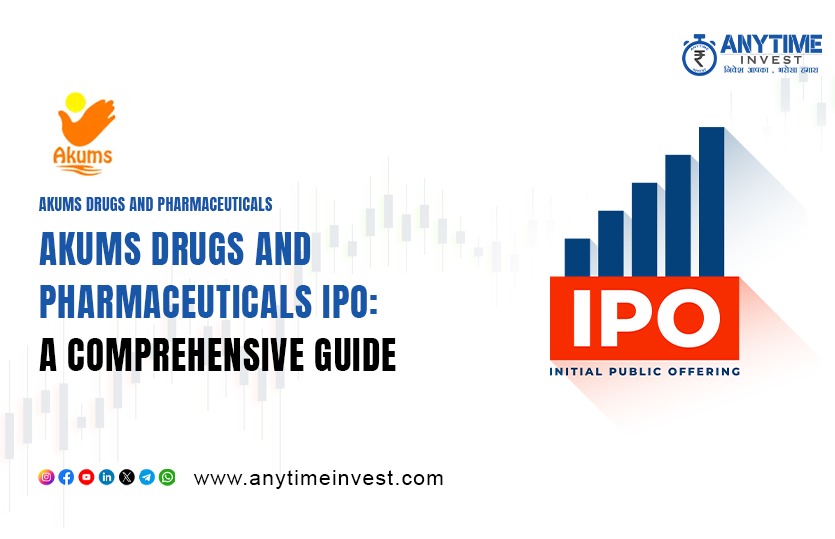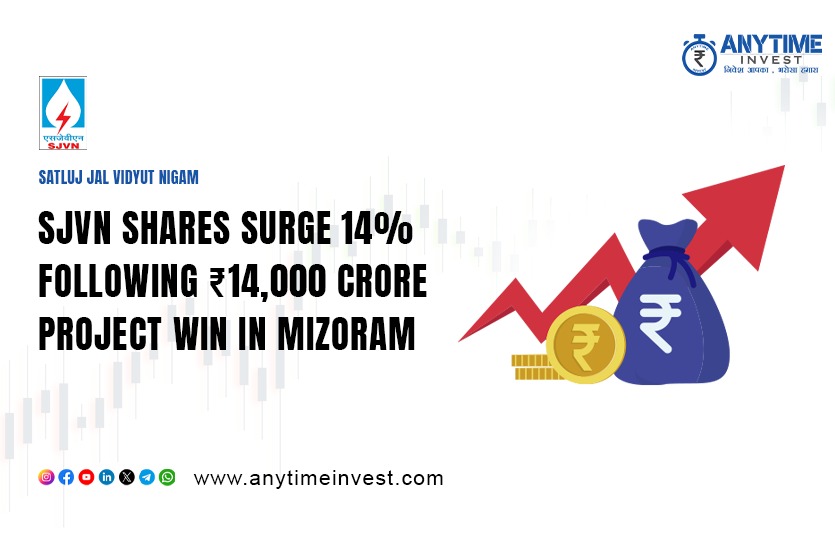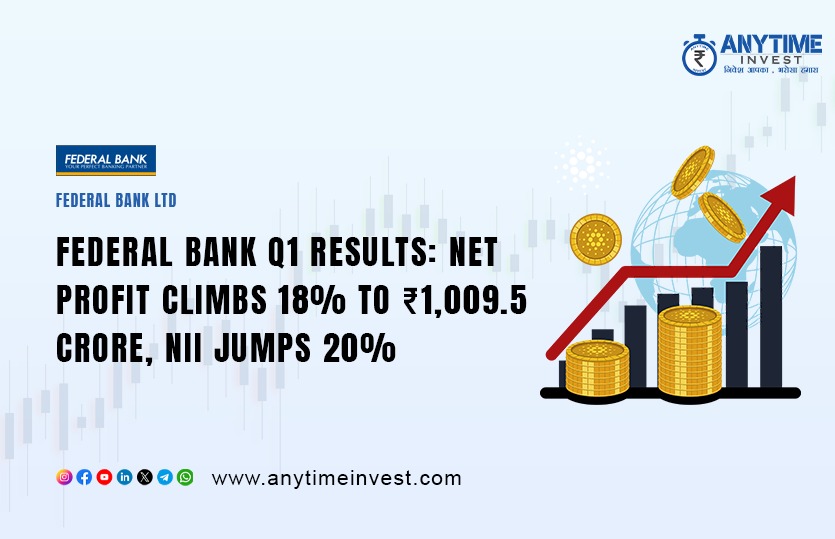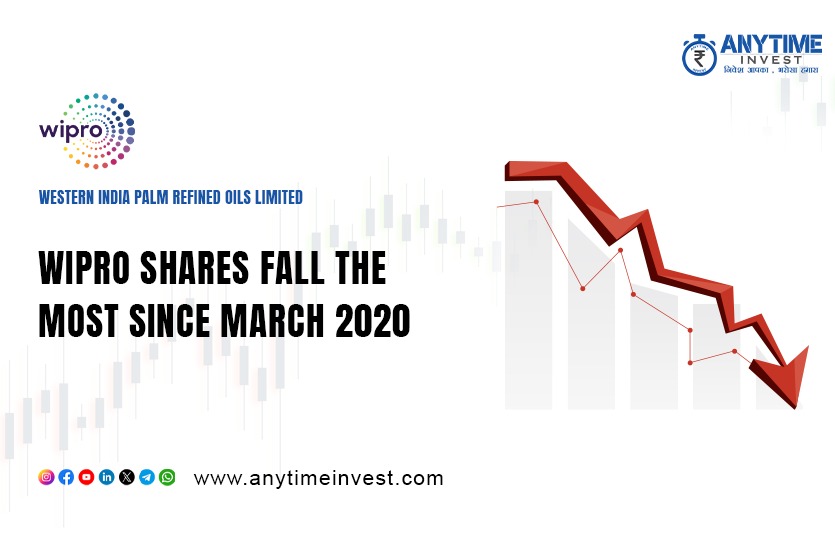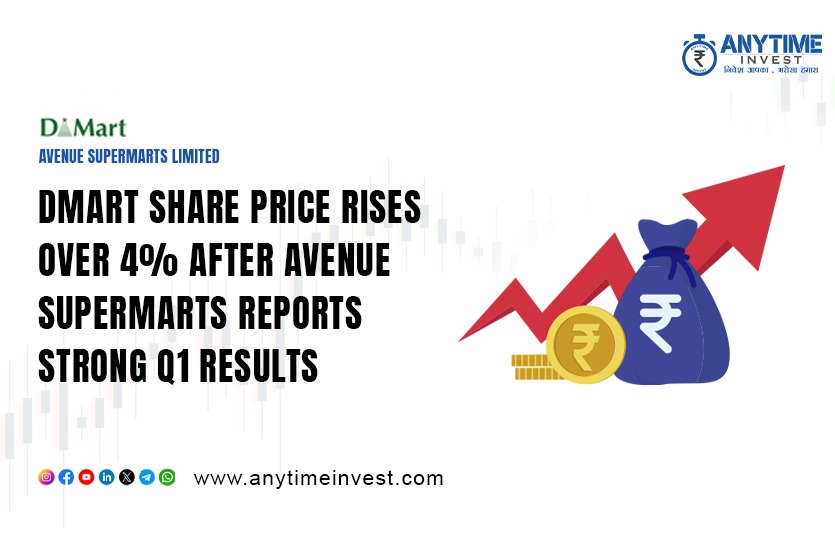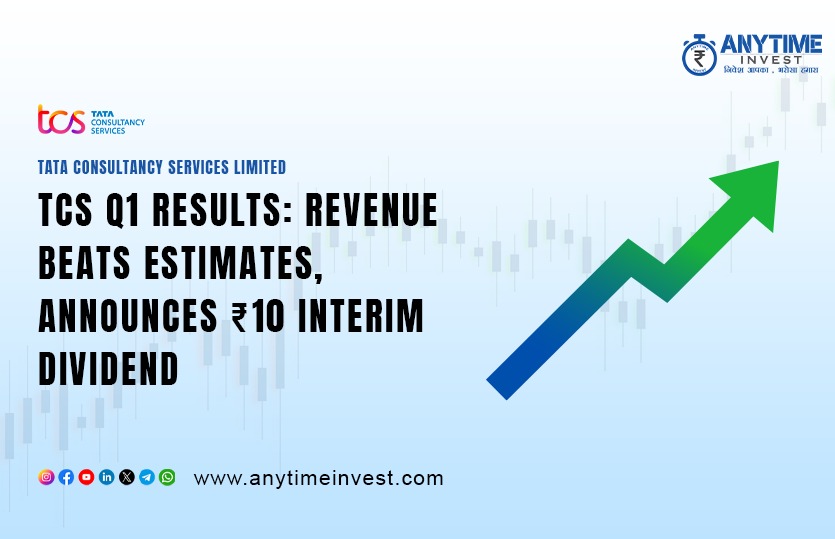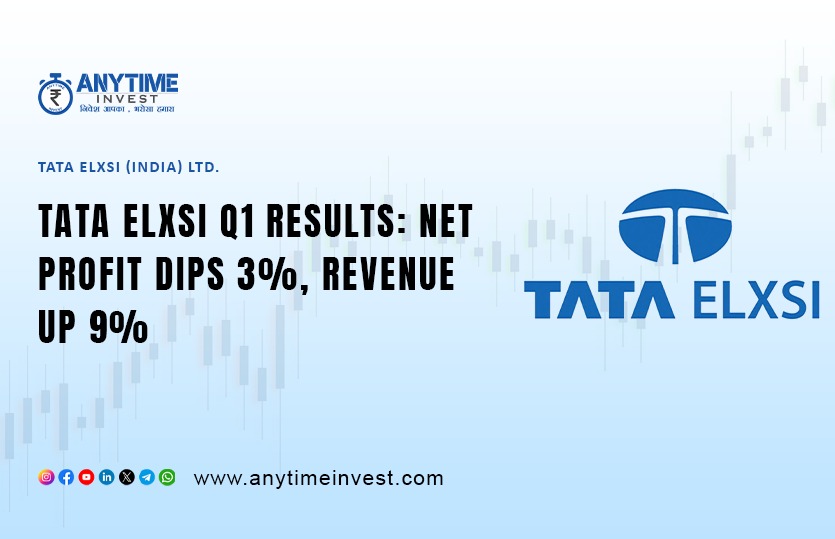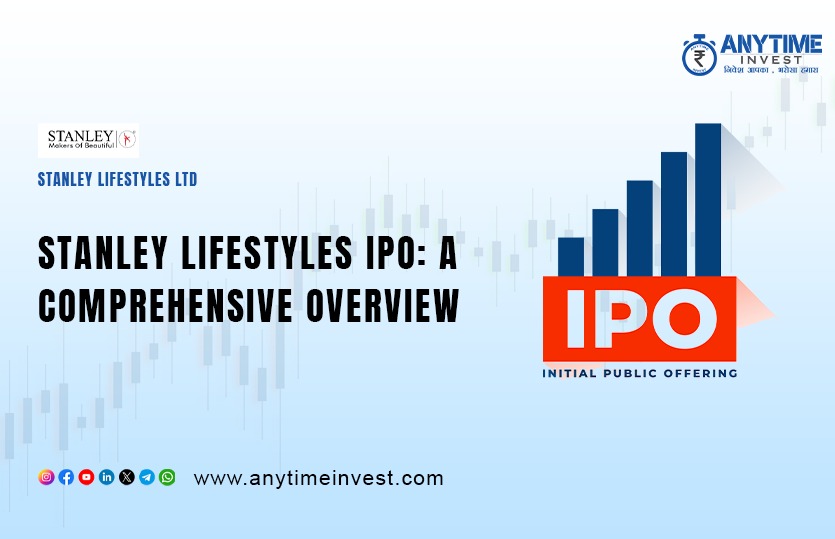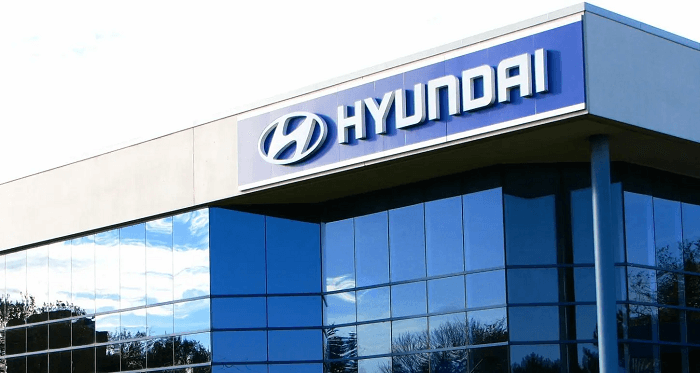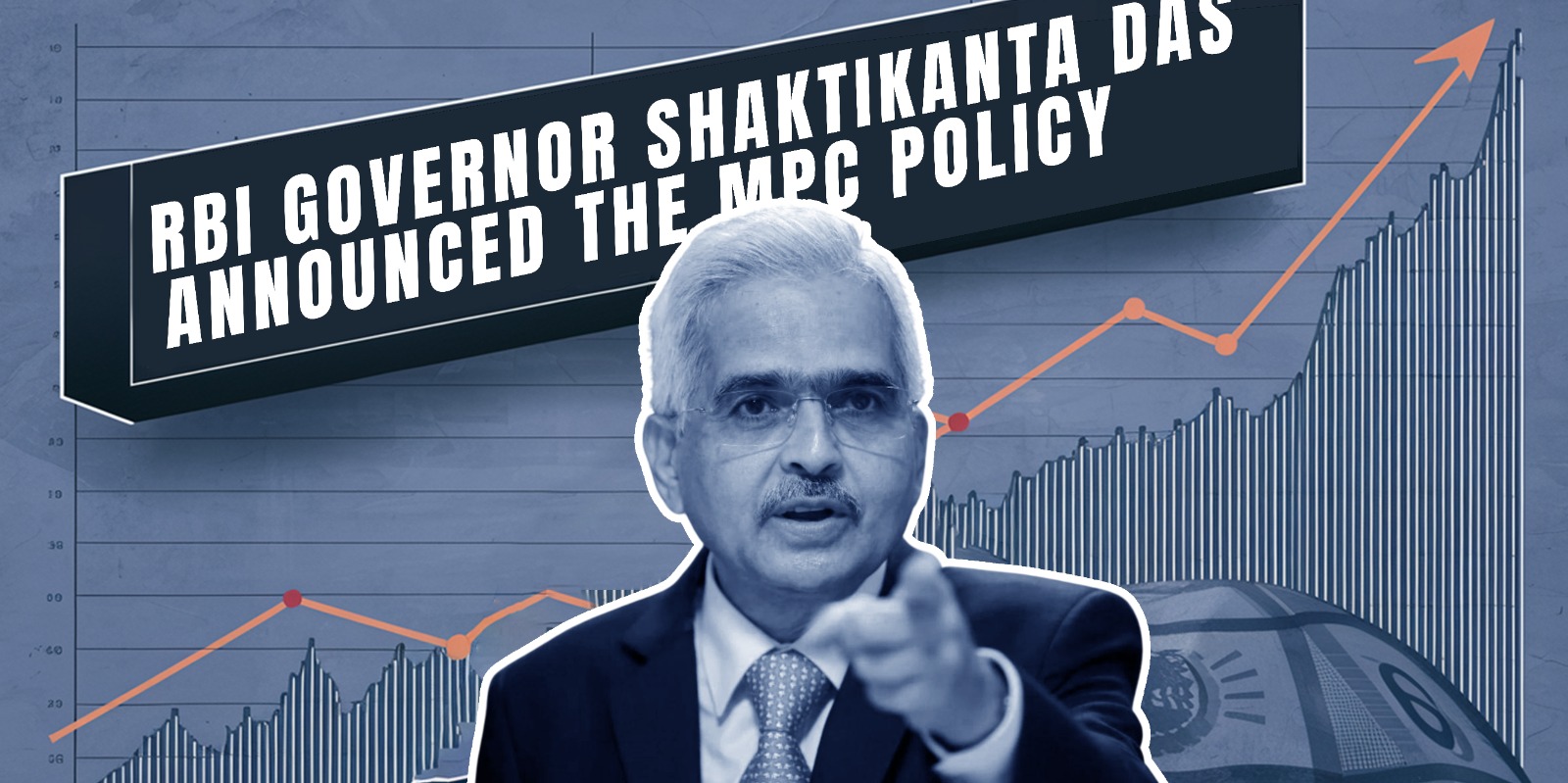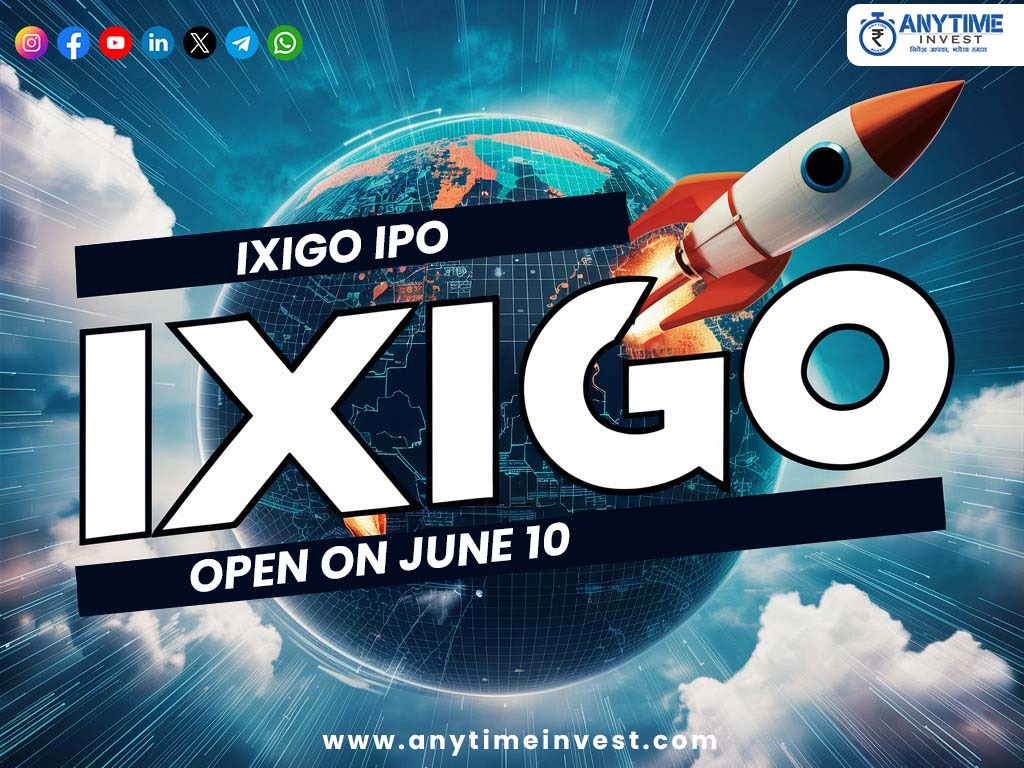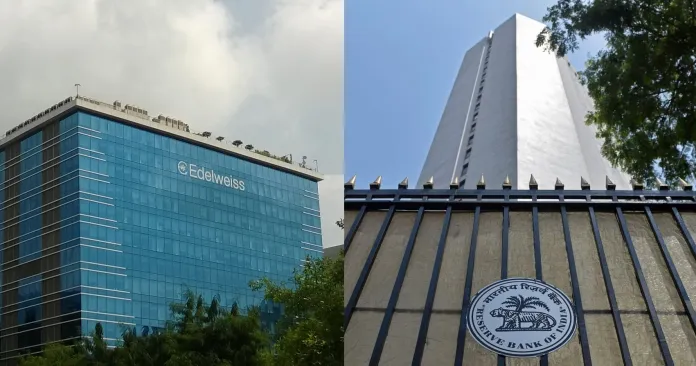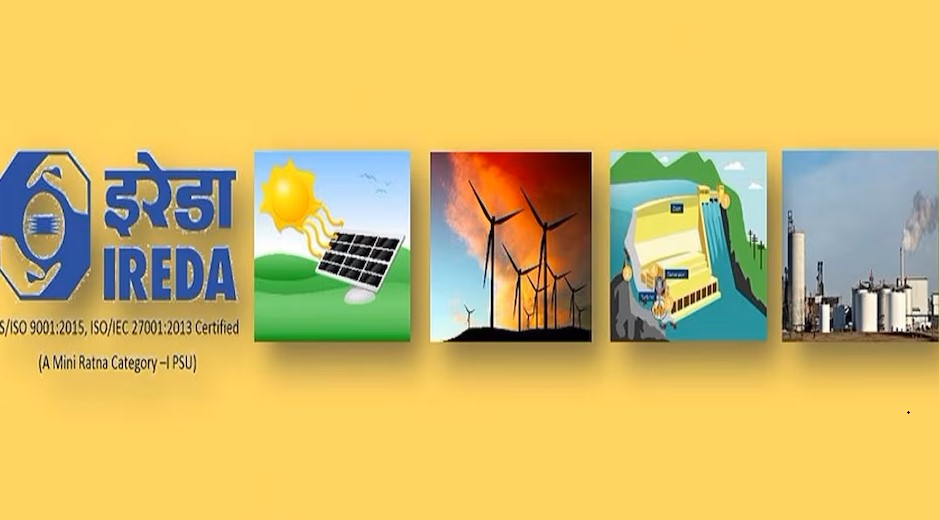Trump’s Auto Comeback Plan: How Car Companies Moving from Mexico & Canada Could Change Everything
hat Trump’s Auto Manufacturing Strategy Means for Jobs, Trade, and Car Prices
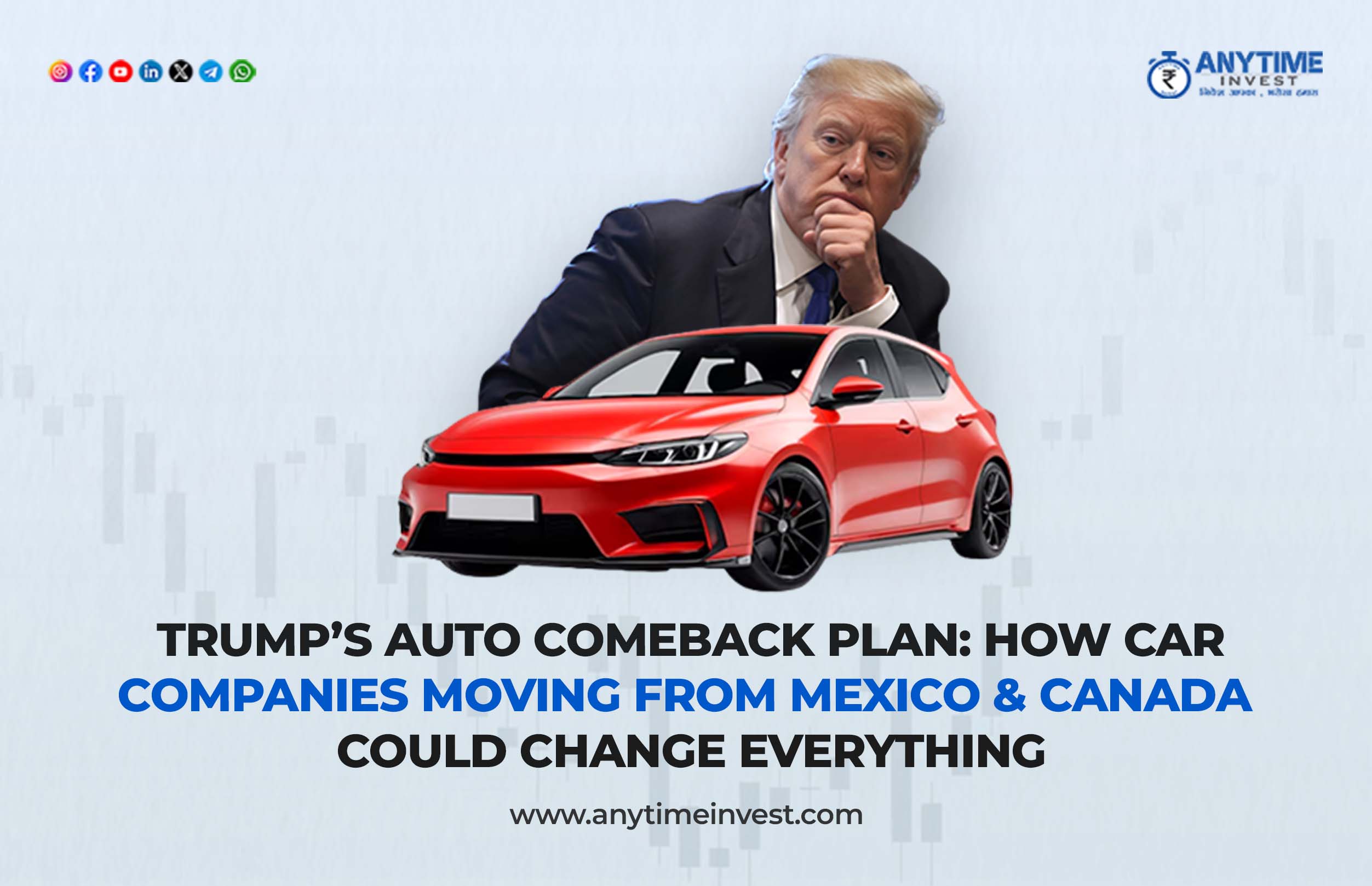
Former President Donald Trump is once again making headlines with a bold proposal aimed at revitalizing the American auto industry. His plan, often referred to as the “Auto Comeback Plan,” involves enticing automakers to relocate their manufacturing operations from Mexico and Canada back to the United States. If successful, this move could dramatically reshape North America's auto manufacturing landscape — and potentially reinvigorate the U.S. economy in key industrial regions.
But how feasible is this plan, and what are its potential implications for automakers, workers, and consumers alike?
The Core of Trump’s Auto Comeback Plan
At the heart of Trump’s strategy is a proposed tariff system that would penalize auto manufacturers importing vehicles made outside the U.S., especially from Mexico and Canada. Under this plan, automakers who shift operations back to American soil would enjoy favorable tax incentives and reduced regulatory burdens.
Trump argues that this policy would serve dual purposes: boosting domestic manufacturing jobs and reducing the U.S. trade deficit. The automotive sector, being one of the largest contributors to the American economy, plays a crucial role in the country’s manufacturing output, employment, and GDP.
Why Automakers Moved Operations Abroad
To understand the potential impact of Trump's plan, it's essential to examine why automakers shifted operations to Mexico and Canada in the first place.
- Lower Labor Costs: One of the most significant factors is labor cost. Mexico, in particular, offers dramatically lower wages than the U.S., making it an attractive manufacturing hub for labor-intensive assembly lines.
- Favorable Trade Agreements: NAFTA (and its successor, USMCA) allowed for tariff-free movement of goods across North America, encouraging companies to optimize production locations based on cost efficiencies rather than borders.
- Proximity and Logistics: Canada and Mexico are geographically close, allowing for easier transportation of parts and vehicles across the continent, supporting just-in-time manufacturing models.
How Trump's Plan Could Shift the Landscape
1. Economic Impact on U.S. Manufacturing Hubs
Should Trump’s plan materialize, states with strong automotive histories like Michigan, Ohio, and Indiana could experience a resurgence in factory investments. This could mean tens of thousands of new jobs, revitalized local economies, and renewed interest in skilled labor programs.
However, these benefits would hinge on automakers' willingness to absorb higher operational costs in exchange for incentives — a trade-off that’s not guaranteed.
2. Pressure on Automakers
Car companies operate on thin profit margins, and shifting production is a costly and complex process. Reconfiguring supply chains, building new plants, and retraining workers would require billions in investments. Trump's tariff threat might push some to consider the move, but others may resist or look for workarounds, such as partial relocations or outsourcing components.
3. Consumer Pricing Implications
One key concern is the potential increase in vehicle prices. If automakers face higher production costs due to domestic operations, those costs could be passed down to consumers. This might make American-made vehicles less competitive globally and strain domestic demand.
4. International Trade Tensions
Imposing tariffs on imports from Mexico and Canada could reignite trade tensions, especially since USMCA was intended to stabilize North American trade. Retaliatory tariffs or disputes at the World Trade Organization could complicate international relations and undermine supply chain stability.
SEO Implications for Automotive Businesses
For automotive brands, dealerships, and related industries, Trump's plan — and the conversations surrounding it — present an opportunity for content marketing. Businesses can take advantage of this momentum by doing the following:
- Keyword Strategy: Focus on long-tail keywords like “Trump auto manufacturing plan,” “cars moving from Mexico to USA,” or “impact of Trump tariffs on car prices.”
- Educational Content: Publish blog posts and videos explaining the changes and what they mean for consumers, jobs, and car prices.
- Local SEO: If you’re a dealership in the Midwest, emphasize local relevance. For example, “How Trump’s auto plan could bring jobs back to Detroit” can target geo-specific searches.
- Thought Leadership: Manufacturers and parts suppliers can issue whitepapers or expert commentary positioning themselves as authorities on the potential policy shift.
The Bigger Picture: Is Reshoring Sustainable?
While bringing back manufacturing may sound like a patriotic and economically sound strategy, sustainability is a key concern. The global automotive industry is shifting rapidly toward electric vehicles (EVs), automation, and digitalization. Any comeback plan must also consider how to support the innovation needed to keep the U.S. competitive in these areas.
Moreover, reshoring without investing in workforce development, infrastructure upgrades, and green manufacturing technologies may offer only short-term gains. Long-term success would depend on aligning industrial policy with emerging trends in mobility and climate-conscious production.
Final Thoughts
Trump’s Auto Comeback Plan is ambitious and controversial. It taps into the nostalgia for a robust U.S. manufacturing base while challenging globalized production norms. Whether or not it becomes reality, the proposal has already sparked vital conversations around economic nationalism, trade policies, and the future of the American workforce.
For automakers, policy makers, and content strategists alike, now is the time to watch, analyze, and prepare. The road ahead is uncertain — but potentially transformative.


